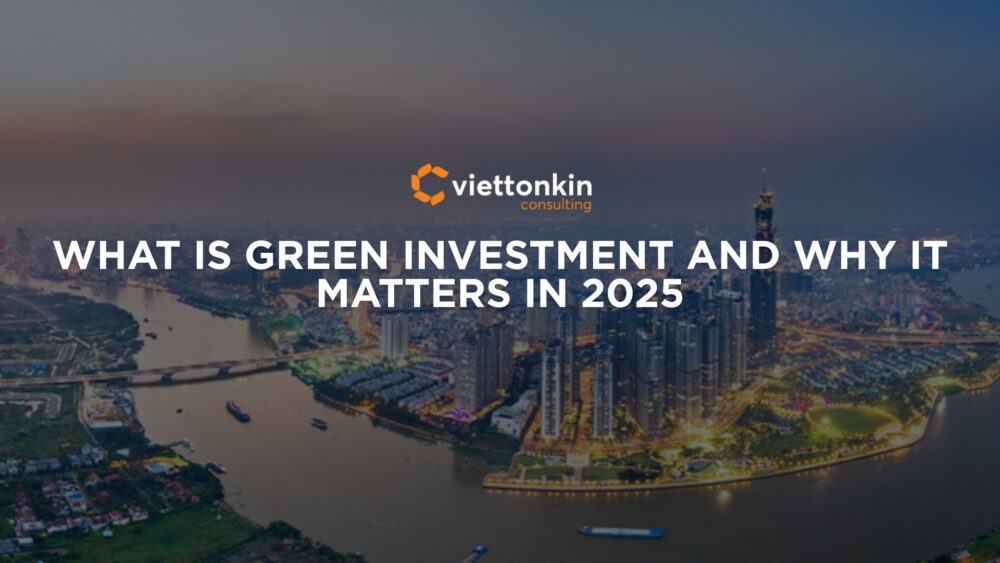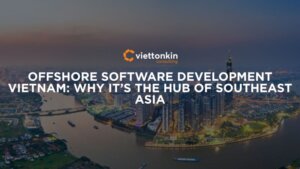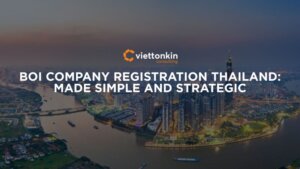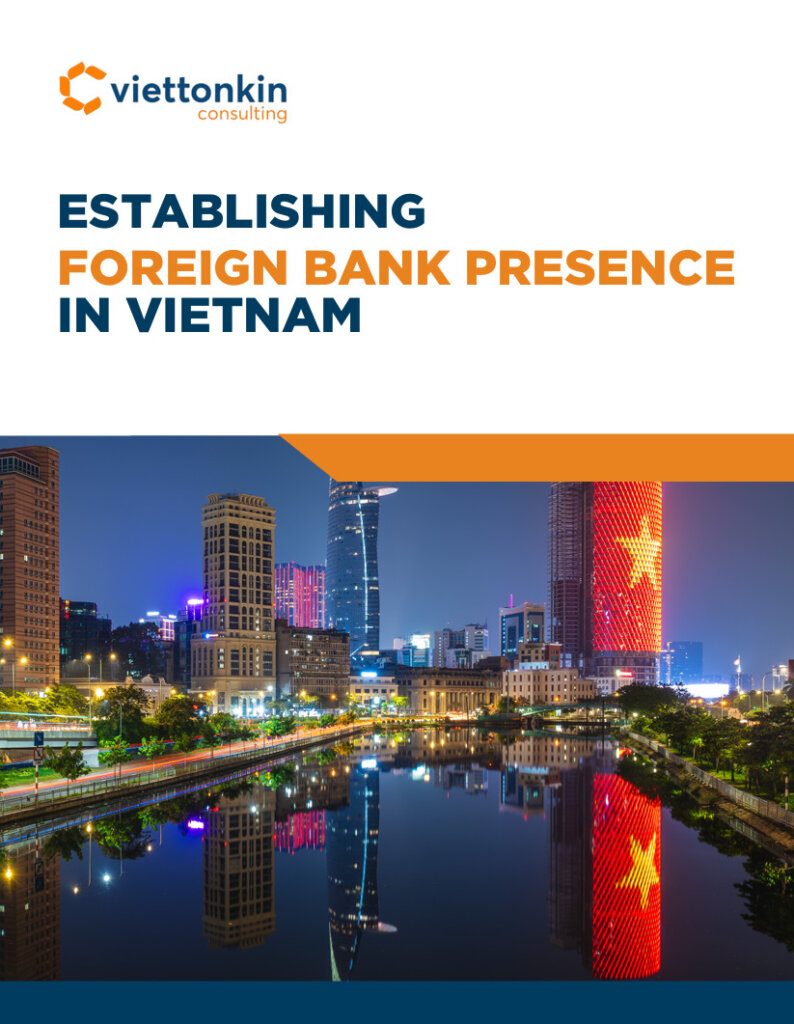Vietnam’s pharmaceutical industry is entering a decisive turning point. Stricter quality standards, shorter recall deadlines, and tighter compliance requirements are no longer abstract ideas. They are becoming legal reality with Circular 30/2025/TT-BYT. For foreign investors and international pharmaceutical companies, this shift represents both a challenge and an opportunity: the challenge of higher compliance costs, and […]
Ready to unlock unprecedented growth? For years, I’ve worked with investors and business leaders across Vietnam, China and Malaysia, turning market complexities into strategic wins. Today, one topic dominates our strategy sessions: green investment. This is no longer a niche interest; it’s become a core component of smart portfolio construction. With $3 trillion in ESG-labeled assets and mandatory disclosures under the EU SFDR, ASEAN Taxonomy, and looming SEC climate rules, 2025 marks the year green credentials shift from “nice-to-have” to “must-have.”
My role is to bridge the gap between green ambitions and on-the-ground reality in Southeast Asia, connecting international capital with the region’s most promising sustainable ventures. Let’s dive into why green investment is a game-changer for your investment strategy.
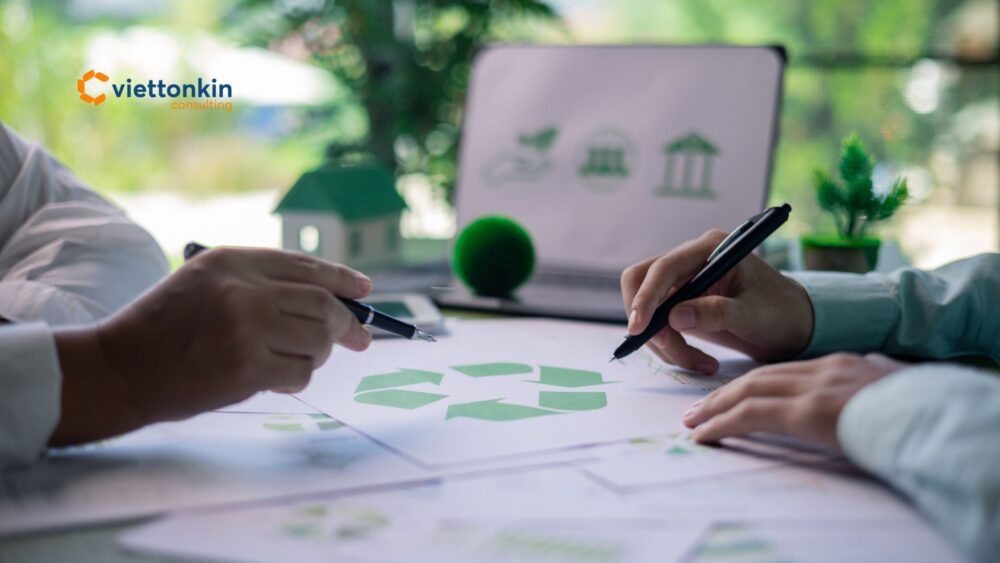
Key Takeaways
- Green vs. ESG: Green investing zeroes in on projects with clear environmental outputs (renewables, clean tech, nature-based solutions) as defined by the EU Taxonomy and ASEAN Taxonomy for Sustainable Finance—beyond the broader ESG lens.
- Returns Match or Beat: Between 2018–2024, green ETFs such as iClima Global Clean Energy ETF matched the S&P 500’s 60% total return. Long-term data from Morningstar (2025) confirms “green alpha” in energy transition sectors.
- Regulations Mandate Green: SFDR Articles 8–9 label funds “light” or “dark green.” SEC’s proposed climate rule compels Scope 1–3 emissions reporting. ASEAN’s draft taxonomy guides ASEAN-wide green bond issuance per ASEAN Bankers’ Association.
- ASEAN Green Surge: Vietnam’s Green Bond Decree 153/2020 and the World Bank’s June 2025 Sustainable Finance Facility are channeling $5 billion into renewables by 2030, unlocking solar, offshore wind, and green hydrogen ventures.
- Verification Imperative: Certification by Climate Bonds Initiative (CBI), adherence to ICMA Green Bond Principles, and alignment with ASEAN Green Bond Standards ensure proceeds fund legitimate green projects—protecting investors from greenwashing risks.
What Counts as Green Investment Today?
Understanding the landscape starts with clear definitions. It’s about moving past buzzwords to know what constitutes a green investment in 2025. In 2025, green investment must pass taxonomy tests—projects or companies must align with prescribed environmental objectives (climate mitigation/adaptation, pollution control) under:
- EU Taxonomy Regulation (2020/852/EU)
- ASEAN Taxonomy for Sustainable Finance, and
- Vietnam’s forthcoming Green List Decree (expected 2025)
Definitions That Go Beyond Buzzwords
| ESG | Green Investing |
| Evaluates firms across Environmental, Social, and Governance metrics (e.g. MSCI ESG Ratings) | Capital allocation to assets with tangible environmental outputs—renewable energy capacity added (MW), greenhouse-gas reductions (tCO2e), or biodiversity restoration (hectares)—all certified to avoid greenwashing. |
At its core, green investment is a subset of socially responsible investing. While ESG investing assesses a company’s overall ethical and sustainable practices, green investing zooms in on one mission: funding projects and companies that have a direct positive impact on the natural environment. Green investing includes companies and ventures that practice environmentally responsible practices and environmentally friendly investments are both impactful and profitable, attracting investors who want returns and positive environmental outcomes.
This is key. Regulatory bodies are creating specific frameworks or taxonomies to define what qualifies. The EU Taxonomy was the first, now the ASEAN Taxonomy for Sustainable Finance and Vietnam is developing its own “Green List” to direct investment towards national sustainability goals. This push for clear standards is a response to greenwashing where impact is claimed but not certified.
ESG investing is a broader movement influencing company decisions and capital flows, shaping how companies approach green projects and sustainability. Reviewing a fund’s prospectus is essential to understand its green credentials, holdings and investment strategy to ensure alignment with your values.
Types of Green Investment Vehicles
You can channel capital into green initiatives through:
- Debt Instruments: Green bonds and green loans are raised to fund specific environmental projects such as renewable energy infrastructure. Transition finance is a growing category, providing capital to help carbon-intensive companies decarbonize their operations.
- Equity: This includes investing in renewable energy startups, buying shares in cleantech ETFs or backing established public companies with strong ESG credentials and a clear green focus. Product lines can be dedicated to green initiatives or span multiple business areas, allowing companies to diversify their green offerings.
- Real Assets: Think tangible investments like certified green buildings, projects that enhance energy efficiency and sustainable agriculture or reforestation initiatives.
The Role of Verification and Certification
In 2025, investor trust is built on verification. Third-party bodies are essential to ensure funds are used as intended. The Climate Bonds Initiative certifies green bonds, the International Capital Market Association (ICMA) sets the Green Bond Principles. For corporations, adherence to frameworks like the EU’s Sustainable Finance Disclosure Regulation (SFDR) is becoming a requirement to attract European capital.
Also review a stock’s annual filings to verify a company’s green claims and ensure transparency. Special considerations are needed due to varying definitions of ‘green’ so thorough research is key before investing.
Why Green Investment Is Accelerating in 2025
The momentum behind green finance is not just ideological; it’s driven by powerful economic and regulatory forces. This is a rising tide lifting all boats committed to sustainability. There is a growing need for sustainable solutions which is influencing company strategies and driving more capital towards green initiatives. A key factor in the adoption of green technologies is the cost of capital which shapes investment decisions in renewables and other sectors.
Regulatory and Capital Market Pressures
Governments worldwide are embedding climate considerations into financial regulations. The SEC’s climate risk disclosure rules in the US and the EU’s Carbon Border Adjustment Mechanism (CBAM) are forcing companies to account for their environmental footprint. If your supply chain isn’t green, you may face future tariffs and market access barriers. This makes green investment a defensive necessity as much as an offensive strategy.
Climate Risk as a Fiduciary Responsibility
Institutional investors now view climate risk as a core fiduciary duty. They are modeling the impact of physical climate events on their assets and actively avoiding potential “stranded assets” – investments that could lose value as the world transitions away from fossil fuels. This perspective is reshaping insurance pricing and driving capital allocation mandates from major players like BlackRock and GIC.
Emerging Markets and Climate Finance
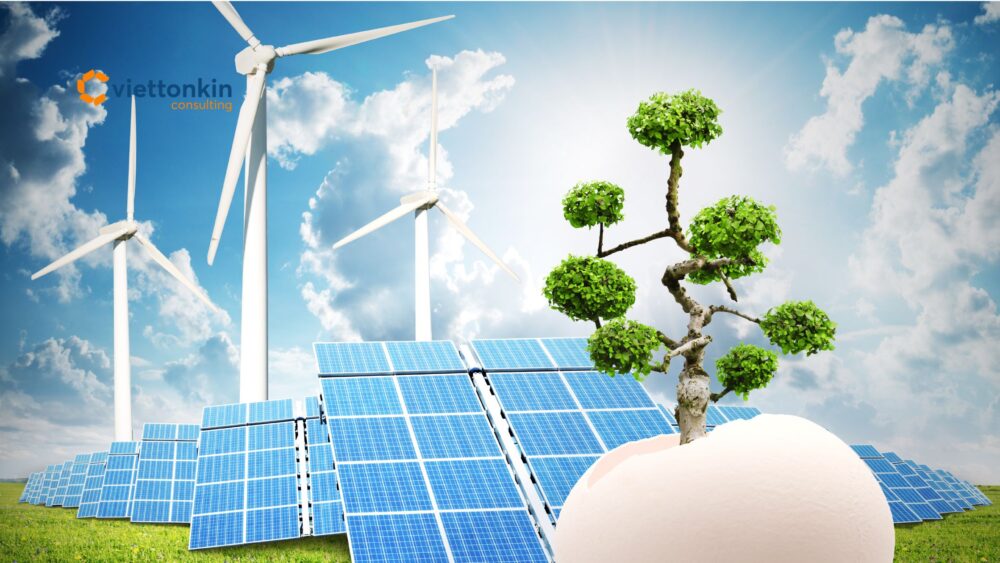
Emerging economies, particularly in ASEAN, are at the frontline of both climate risk and green opportunity. Vietnam for instance requires an estimated $368 billion through 2040 to build a climate-resilient and low-carbon economy. To address this, the World Bank announced in June 2025 a multi-donor Sustainable Finance Facility for Vietnam, designed to mobilize private capital for the country’s climate goals.
This is a powerful trend: the stacking of public and private capital to fund large-scale green infrastructure projects across the region.
Developing countries face significant challenges in accessing climate finance with a notable finance gap and the need for climate justice to support those most affected by climate change.
How Green Investment Performs Compared to Traditional Assets
The ultimate question for any investor: what about the returns? The narrative that green investment requires a financial sacrifice is officially outdated.
Historical Returns and VolatilityA look at the data from 2018 to 2024 shows that green-themed ETFs have often performed in line with or even beaten traditional benchmarks like the S&P 500. For example, Corporate Knights’ 2025 analysis of the most sustainable funds highlights products like the Desjardins SocieTerra Environment Fund which has a portfolio with significantly lower carbon and waste footprints than its benchmark and delivers competitive returns. Green assets also showed remarkable resilience during the market volatility of the COVID-19 pandemic.
Green Alpha: How Mission-Driven Capital Finds Outperformance
“Green Alpha” refers to the excess returns generated from sustainable investments. This outperformance often comes from a first-mover advantage in sectors benefiting from new regulations, like clean energy. It also comes from long-horizon returns in assets like green real estate and battery storage which are foundational to a low-carbon economy. Companies with a genuine commitment to sustainability build an “impact moat” – a competitive advantage rooted in brand loyalty, operational efficiency and resilience to future shocks.
New technologies and green technologies are driving this outperformance, enabling companies to achieve net zero goals and transform their business models for a sustainable future.
Common Misconceptions That Stall Green Investment
Despite the clear momentum, some persistent myths prevent investors from going big on green. Let’s tackle them head-on with strategic insight.
“Green Means Lower Returns”: This is the most common and most easily debunked myth. Five-year return data for both public and private green assets shows performance is sector-specific, not color-based. The so-called “green premium” is fading as technologies mature and scale, leading to a convergence in yields with traditional assets.
“Green Projects Are Hard to Verify”: While greenwashing is a real risk, the verification ecosystem has matured significantly. Third-party rating agencies, ESG auditors and transparent impact reporting frameworks are now standard practice. A clear checklist for investees, demanding specific KPIs and Monitoring, Reporting and Verification (MRV) protocols, is your best defense.
“It’s Only for Large Investors or Banks”: Access to green investment has been democratized. Green ETFs are available to any retail investor and robo-advisors increasingly offer sustainable portfolio options. In ASEAN, there are now SME-targeted climate funds and microfinance initiatives designed to bring green capital to every level of the economy.Some investors may have only financial goals, others may have environmental impact as their priority – one investor’s definition of green may differ from another’s, hence the importance of understanding multiple perspectives.
The amount of capital invested in green projects is growing fast and using ESG criteria helps investors make more informed decisions that align with both financial and environmental objectives.
What Green Investment Means for ASEAN Investors
For us in Southeast Asia, the green transition is the biggest opportunity of the decade. Your gateway to sustainable and resilient manufacturing and infrastructure is right here.
The World Economic Forum plays a key role in promoting green investment and sustainable investing globally, bringing together collaboration and best practices to accelerate climate action.
Vietnam’s Emerging Green Finance Ecosystem
Vietnam is a prime example of a country going all-in on green growth. The country’s National Green Growth Strategy sets ambitious targets for reducing emissions and increasing sustainable infrastructure. As reported by REGlobal, an online publication focused on the renewable energy sector, Vietnam’s strategy creates a clear pathway for green finance, aligning national policy with the need to attract foreign capital. The State Bank of Vietnam is promoting green banking reforms and the government is actively seeking FDI for low-carbon projects.
Opportunities in Climate-Smart Sectors
The demand for green investment in Vietnam and across ASEAN is huge. Key opportunities include:
- Renewable Energy: Solar, wind and hydropower projects supported by favorable government policies and power purchase agreements (PPAs).
- Electric Mobility and Smart Logistics: Building the charging infrastructure and logistics networks for an EV-powered future, electric vehicles as a key area of green investment and sustainable transportation.
- Green Buildings and Water Treatment: A construction boom driven by demand for certified sustainable buildings and urgent needs for modern water infrastructure.
- Water Usage: Monitoring and reducing water usage is a key KPI for green projects, alongside emissions reduction and community engagement.
As an FDI consultant, my role is to connect foreign capital with these verified local projects. I help investors navigate the landscape of tax incentives and subsidies and structure ESG-aligned deals that deliver both financial returns and measurable impact.
Green Is the Growth Asset Class of the Decade
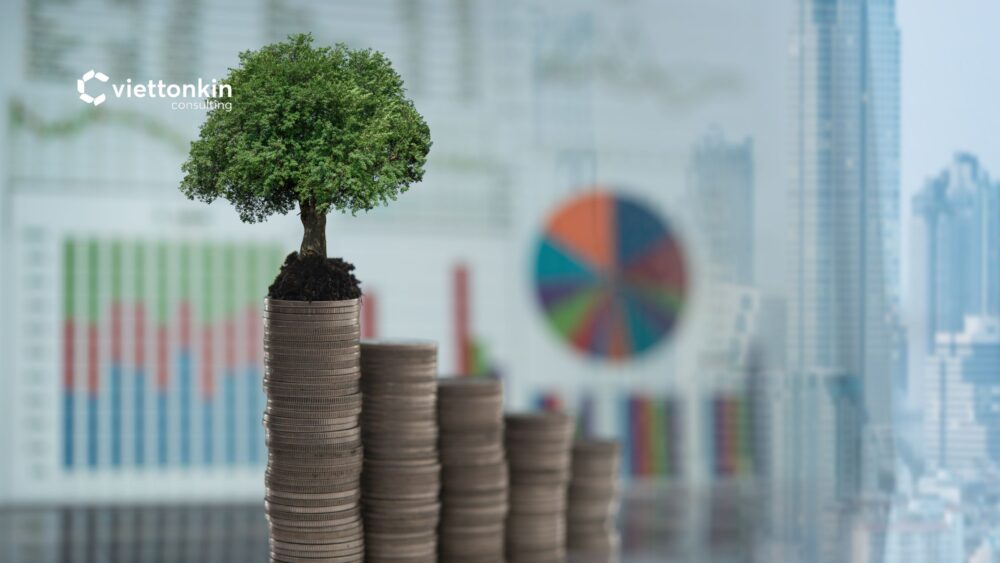
Green investment is no longer about making trade-offs; it’s about seizing a generational opportunity. It offers a path to build resilient portfolios, meet regulatory demands and contribute to a sustainable future without sacrificing returns. In 2025 and beyond, green isn’t just a filter you apply to your strategy – it’s the foundation of forward-thinking investment. Work with us to turn challenges into opportunities. Let’s invest in tomorrow today.
Types of Green Investments
The green investment landscape is vast, offering options for different risk profiles and investment goals. Green stocks are shares in companies that are leaders in environmentally friendly industries – renewable energy, sustainable agriculture, waste management. These companies are often at the forefront of innovation, driving the adoption of clean technologies and sustainable practices.
Green bonds are another popular choice, providing fixed income securities that finance projects with measurable environmental benefits – wind farms, solar panels, water conservation initiatives. For those who want diversification, green ETFs and mutual funds bundle together green stocks, bonds and other securities, allowing investors to support a wide range of environmentally friendly companies and projects. This not only spreads risk but also amplifies the environmental impact of your portfolio.
Green Investment Options
Today investors have more green investment options than ever. Green stocks and green bonds are the foundation, offering direct exposure to environmentally friendly companies and projects. Green funds – whether mutual funds or ETFs – provide a convenient way to invest in a diversified basket of green assets – clean energy innovators to sustainable infrastructure developers.
For those who want to make a tangible difference, impact investing is an attractive option. This approach targets companies or projects that generate both financial returns and measurable social or environmental benefits. Investors can also look into green real estate – energy efficient buildings – or participate in large scale infrastructure projects – wind farms and solar panel installations. With so many options available, it’s easier than ever to build a portfolio that reflects your commitment to sustainability.
Financial Goals and Green Investment
Success with green investing starts with clear financial goals and risk tolerance. Every investor’s definition of green investing is different, so make sure your investments align with your values and long term objectives. Do thorough research and due diligence is key, some companies may overstate their environmental practices or greenwash.
When evaluating green investments consider the role of governance factors and ESG reporting in your decision making process. Transparent disclosures and strong environmental commitments are important indicators of a company’s real impact. By choosing green companies and projects, investors can achieve their financial goals and make a positive impact on the environment. Ultimately, informed investment decisions based on clear objectives and research will help you get the best of both worlds – financial returns and positive impact.
You might also like: Company Formation in Vietnam: How to Set Up as a Foreigner, Structure, Cost, Timeline




